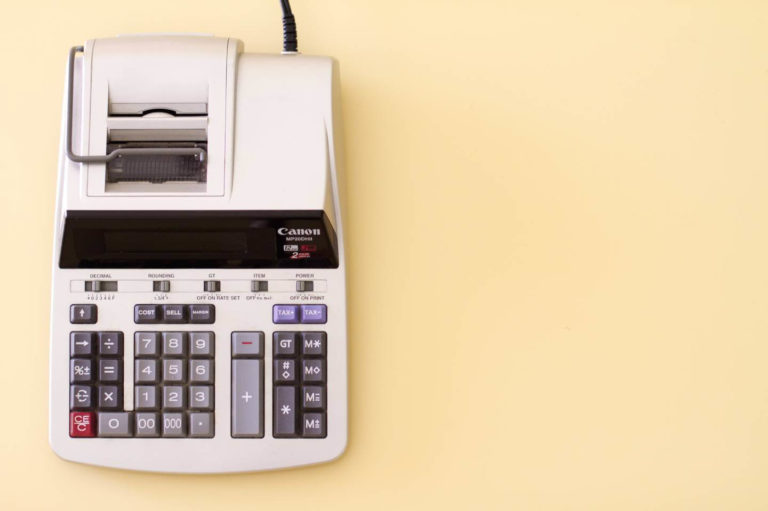The word “inventory” is something that any start-up entrepreneur hates hearing. It is by far one of the least glamorous aspects of running your business, however, at the same time, it is one of the most important. Inventory management involves lots and lots of counting, writing and searching around for things that have somehow gone missing.
Solid inventory management just one of many things you need to get to grips with in-order to successfully operate your business and promote long-term growth. You should treat your inventory like money—after all, you paid money for your stock—and look after it as best you can. If you do this, you will get your money back and a little extra when you sell your stock.
5 Tips for Better Inventory Management
Managing inventory properly can save you a lot of money and it’s not something that is too hard to master. Here are our five key tips you can take inspiration from for seamless inventory management.
1. Use inventory management software
You don’t need to put pen to paper when you are handling your inventory. There are several comprehensive tools out there that can be used to streamline the entire process and make it a lot easier to get a handle on. Inventory management tools can be used to record and track inventory in real-time, meaning you are constantly able to see the state of your company’s inventory and take action, rather than only finding out when it’s too late.
2. Keep an eye on use-by and best before dates
If you are selling items that are time-sensitive (i.e. food or confectionary) then there’s a chance that it will go bad before you get chance to sell it. Not only can you prevent this from happening by using solid inventory management—an example would be knowing what’s going off and then putting it on sale to try and shift remaining stock—you can also mitigate the chances by only ordering what you know will sell. It’s better to sell out than throw away surplus stock.
3. Store your stock wisely
Sure, it’s easy to store your stock in places where it fits, however, this isn’t always the best way. If you are throwing your inventory on any old shelf then it becomes much harder to keep tabs on and find your stock, especially if you have stock with similar packaging. This can also lead to error such as the wrong product being sent to a customer which causes dissatisfaction and leads to more expense for your company.
4. Clearly label everything
Each product you are stocking should be clearly labelled, either the stock’s packaging itself or the shelving where it is stored. Information such as the product type or number, quantity and a basic description are enough and can make a huge difference when it comes to stocktakes and finding products to mail out to customers. You should also include expiry dates on these labels too, if applicable.
5. Constantly keep an eye on your stock
Inventory isn’t something that you do once per month and the forget about—it’s a constant ongoing effort. You should be keeping an eye on inventory in real-time prior to a stocktake. Not only does this make your monthly stocktake a lot easier, but it lets you see what’s going on day-by-day and take action when problems appear to be arising. When you utilize comprehensive inventory management tools to keep an eye on your stock in real-time, you are better-equipped to make decisions, fulfil orders and extinguish problems before they engulf your workflows.
Inventory Management is a Constant Effort
By understanding that inventory management forms a core part of your day-to-day business obligations and take proper care of it, you end up being more prepared and able to make key decisions that help your business grow. Although it’s not exactly fun, inventory management is something that needs taking care of. It’s simply part-and-parcel of managing a modern business.
When you utilize robust inventory management tools, though, you streamline the process and make it much easier with real-time results and one central hub from where you can efficiently manage everything at the tap of a screen or click of a mouse.











